
An annual gun control law scorecard published by the Giffords Law Center to Prevent Gun Violence rated the majority of states F for their gun control policies. The report gave only two states, California and New Jersey, an A. Arkansas received the worst score of any state. Most of the states receiving F grades for gun policy were in the South, the Midwest, or the Mountain West. (These are the states with the weakest gun laws.)
Despite scoring worse for gun laws, those states also tended to have more background checks initiated compared to the higher-scoring states – but that is likely less of a reflection of solid enforcement than of the sheer volume of guns purchased in those states.
To identify the states where gun sales are increasing most, 24/7 Wall St. used data from the FBI’s National Instant Criminal Background Check System. Eleven states reported increases in adjusted firearm background checks between March 2022 and March 2023. To reach a more accurate approximation of gun sales, we excluded checks for such categories as pawn shop transactions, returns, rentals, and rechecks (which are conducted periodically by some states on existing permit holders).
Even after removing some types of checks that are clearly unrelated to new firearm purchases, background checks still serve only as a rough approximation, because every state has different background checks laws and accounting practices. (These were the best-selling guns last year.)
Click here to see the states where gun sales are still skyrocketing.
Click here to see our detailed methodology.
The states that reported the largest increases in background checks this March compared to the same period in 2022 include both states that tend to rank relatively low in checks per capita each month and those that rank among the highest. Hawaii, which ranks third in checks per person, reported a 30% increase in checks. Meanwhile, Oregon, which ranks second-highest among states in background checks per person, reported a 47% increase in checks this March over March 2022. (These are the states where the most people bought guns in March.)

11. North Carolina
> Change in background checks, Mar 2022- Mar 2023: +1.2% (+750 — 3rd smallest increase)
> Firearm background checks, Mar 2023: 62,501 — 9th most
> Firearm background checks, Mar 2022: 61,751 — 12th most
> Firearm background checks per 1,000 residents, Mar 2023: 5.8 — 20th fewest
> Firearm background checks per 1,000 residents, Mar 2022: 5.8 — 14th fewest
> Most common type of firearm check, Mar 2023: Long guns
> 2022 population: 10,698,973 — 9th largest
[in-text-ad]
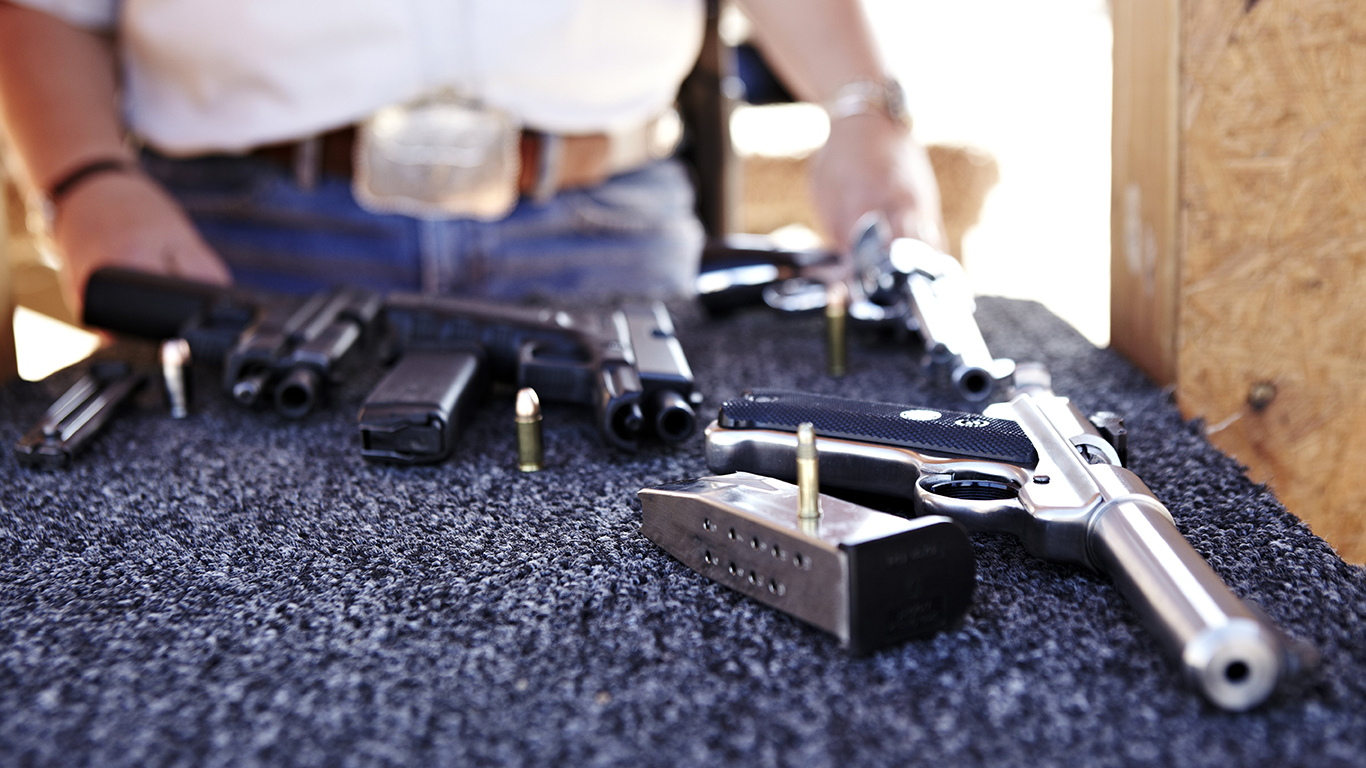
10. Arizona
> Change in background checks, Mar 2022- Mar 2023: +1.8% (+842 — 5th smallest increase)
> Firearm background checks, Mar 2023: 47,333 — 18th most
> Firearm background checks, Mar 2022: 46,491 — 19th most
> Firearm background checks per 1,000 residents, Mar 2023: 6.4 — 23rd fewest
> Firearm background checks per 1,000 residents, Mar 2022: 6.3 — 19th fewest
> Most common type of firearm check, Mar 2023: Handguns
> 2022 population: 7,359,197 — 14th largest
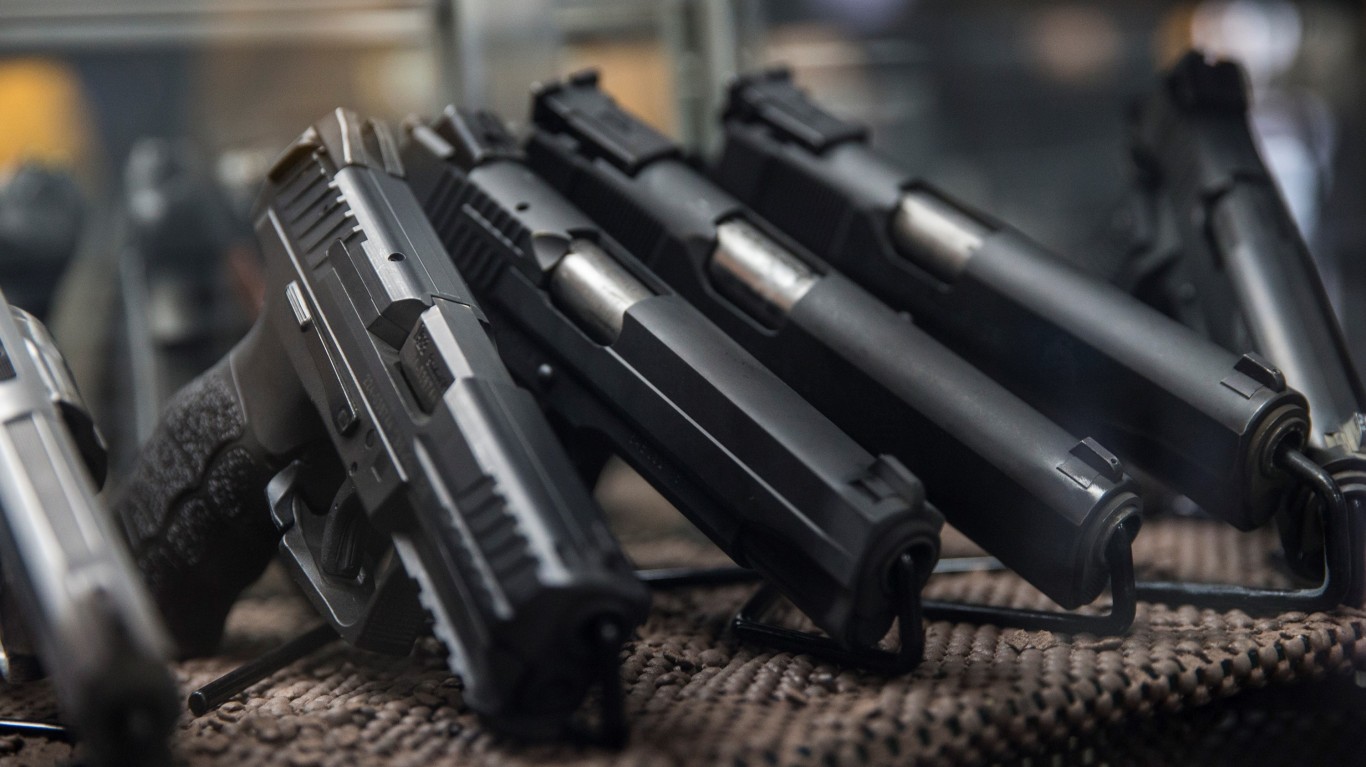
9. Iowa
> Change in background checks, Mar 2022- Mar 2023: +5.8% (+824 — 4th smallest increase)
> Firearm background checks, Mar 2023: 15,091 — 14th fewest
> Firearm background checks, Mar 2022: 14,267 — 13th fewest
> Firearm background checks per 1,000 residents, Mar 2023: 4.7 — 11th fewest
> Firearm background checks per 1,000 residents, Mar 2022: 4.5 — 9th fewest
> Most common type of firearm check, Mar 2023: Long guns
> 2022 population: 3,200,517 — 20th smallest
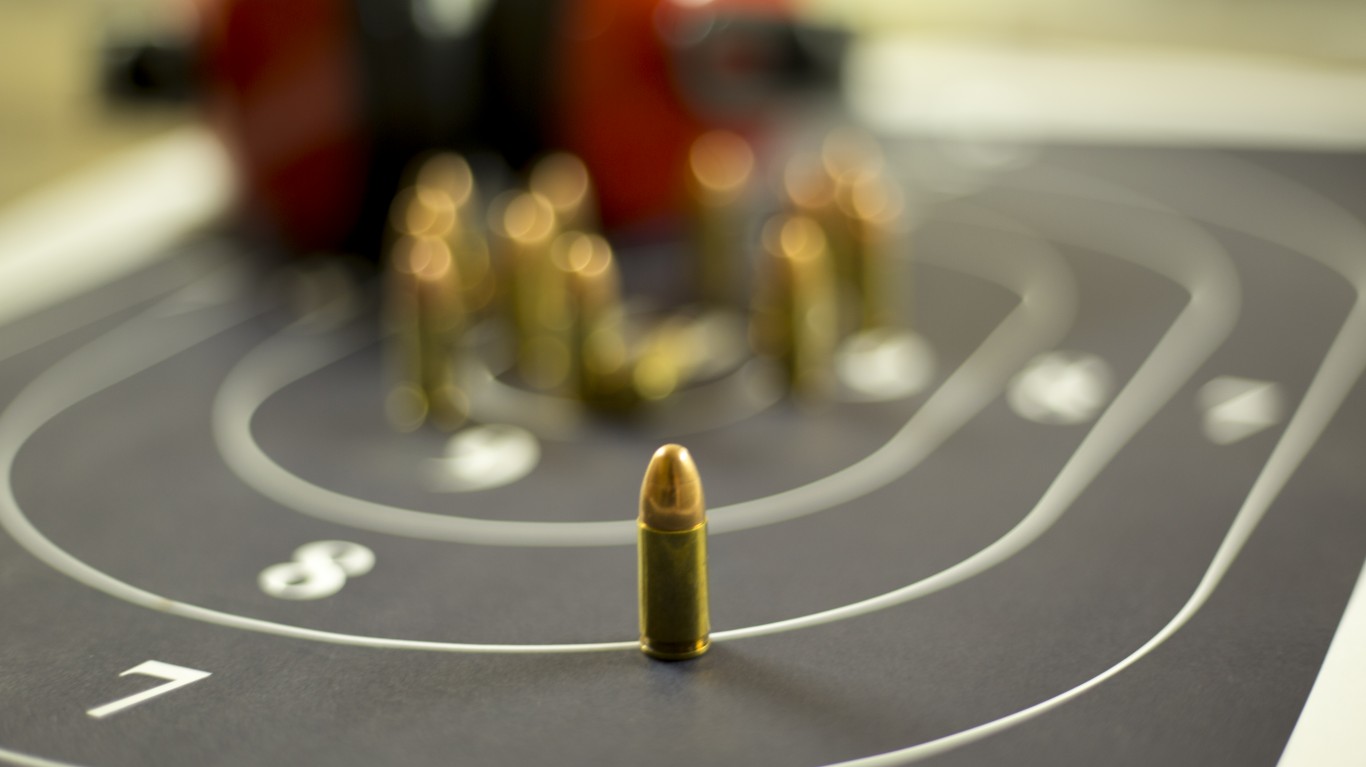
8. Nebraska
> Change in background checks, Mar 2022- Mar 2023: +6.8% (+541 — 2nd smallest increase)
> Firearm background checks, Mar 2023: 8,450 — 9th fewest
> Firearm background checks, Mar 2022: 7,909 — 8th fewest
> Firearm background checks per 1,000 residents, Mar 2023: 4.3 — 7th fewest
> Firearm background checks per 1,000 residents, Mar 2022: 4.0 — 8th fewest
> Most common type of firearm check, Mar 2023: Long guns
> 2022 population: 1,967,923 — 14th smallest
[in-text-ad-2]

7. Colorado
> Change in background checks, Mar 2022- Mar 2023: +7.6% (+3,987 — 5th largest increase)
> Firearm background checks, Mar 2023: 56,524 — 13th most
> Firearm background checks, Mar 2022: 52,537 — 17th most
> Firearm background checks per 1,000 residents, Mar 2023: 9.7 — 10th most
> Firearm background checks per 1,000 residents, Mar 2022: 9.0 — 17th most
> Most common type of firearm check, Mar 2023: Handguns
> 2022 population: 5,839,926 — 21st largest

6. Utah
> Change in background checks, Mar 2022- Mar 2023: +13.4% (+3,688 — 6th largest increase)
> Firearm background checks, Mar 2023: 31,263 — 23rd most
> Firearm background checks, Mar 2022: 27,575 — 25th fewest
> Firearm background checks per 1,000 residents, Mar 2023: 9.2 — 13th most
> Firearm background checks per 1,000 residents, Mar 2022: 8.2 — 21st most
> Most common type of firearm check, Mar 2023: Handguns
> 2022 population: 3,380,800 — 21st smallest
[in-text-ad]
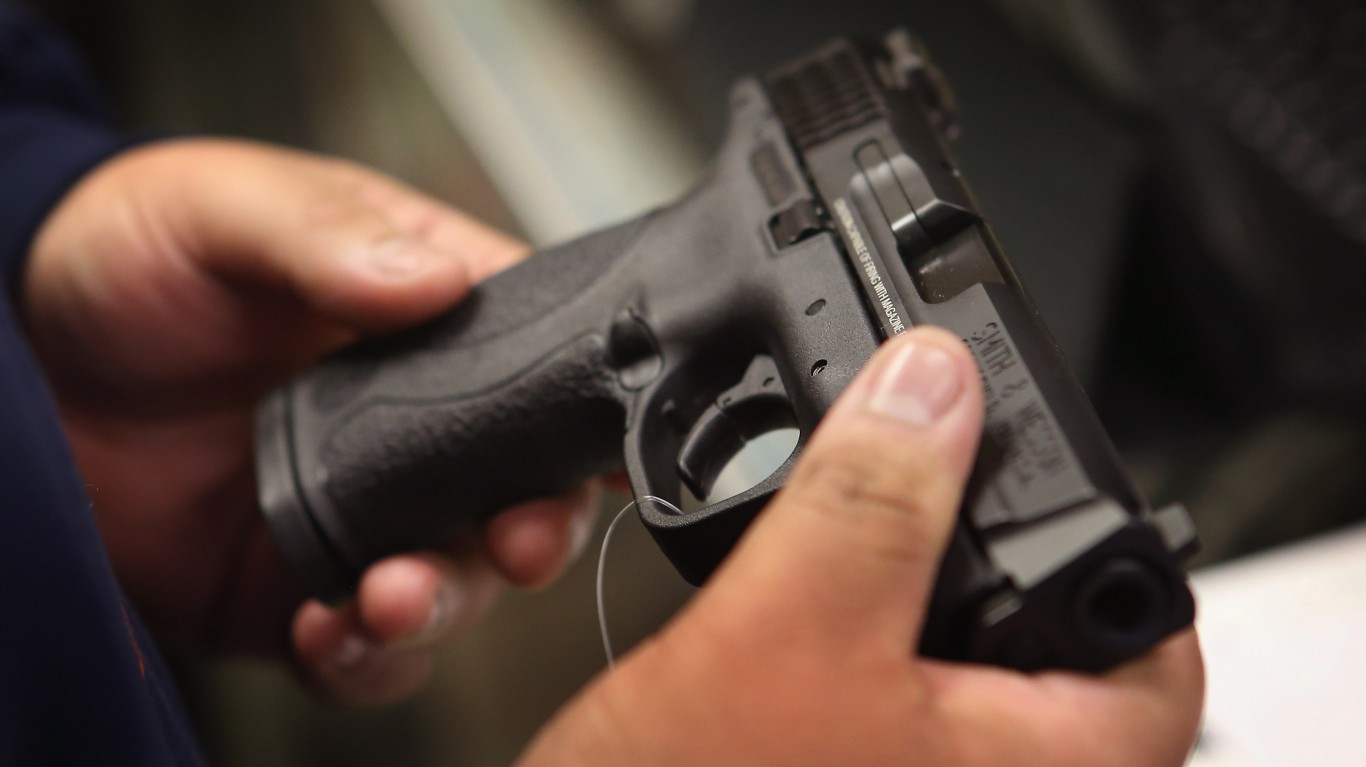
5. Illinois
> Change in background checks, Mar 2022- Mar 2023: +18.6% (+14,292 — 4th largest increase)
> Firearm background checks, Mar 2023: 91,319 — 6th most
> Firearm background checks, Mar 2022: 77,027 — 7th most
> Firearm background checks per 1,000 residents, Mar 2023: 7.3 — 24th most
> Firearm background checks per 1,000 residents, Mar 2022: 6.1 — 17th fewest
> Most common type of firearm check, Mar 2023: Handguns
> 2022 population: 12,582,032 — 6th largest

4. Washington
> Change in background checks, Mar 2022- Mar 2023: +23.2% (+17,887 — 2nd largest increase)
> Firearm background checks, Mar 2023: 95,119 — 5th most
> Firearm background checks, Mar 2022: 77,232 — 6th most
> Firearm background checks per 1,000 residents, Mar 2023: 12.2 — 2nd most
> Firearm background checks per 1,000 residents, Mar 2022: 9.9 — 9th most
> Most common type of firearm check, Mar 2023: Handguns
> 2022 population: 7,785,786 — 13th largest

3. Hawaii
> Change in background checks, Mar 2022- Mar 2023: +29.7% (+528 — the smallest increase)
> Firearm background checks, Mar 2023: 2,307 — the fewest
> Firearm background checks, Mar 2022: 1,779 — the fewest
> Firearm background checks per 1,000 residents, Mar 2023: 1.6 — the fewest
> Firearm background checks per 1,000 residents, Mar 2022: 1.2 — the fewest
> Most common type of firearm check, Mar 2023: No data available
> 2022 population: 1,440,196 — 11th smallest
[in-text-ad-2]
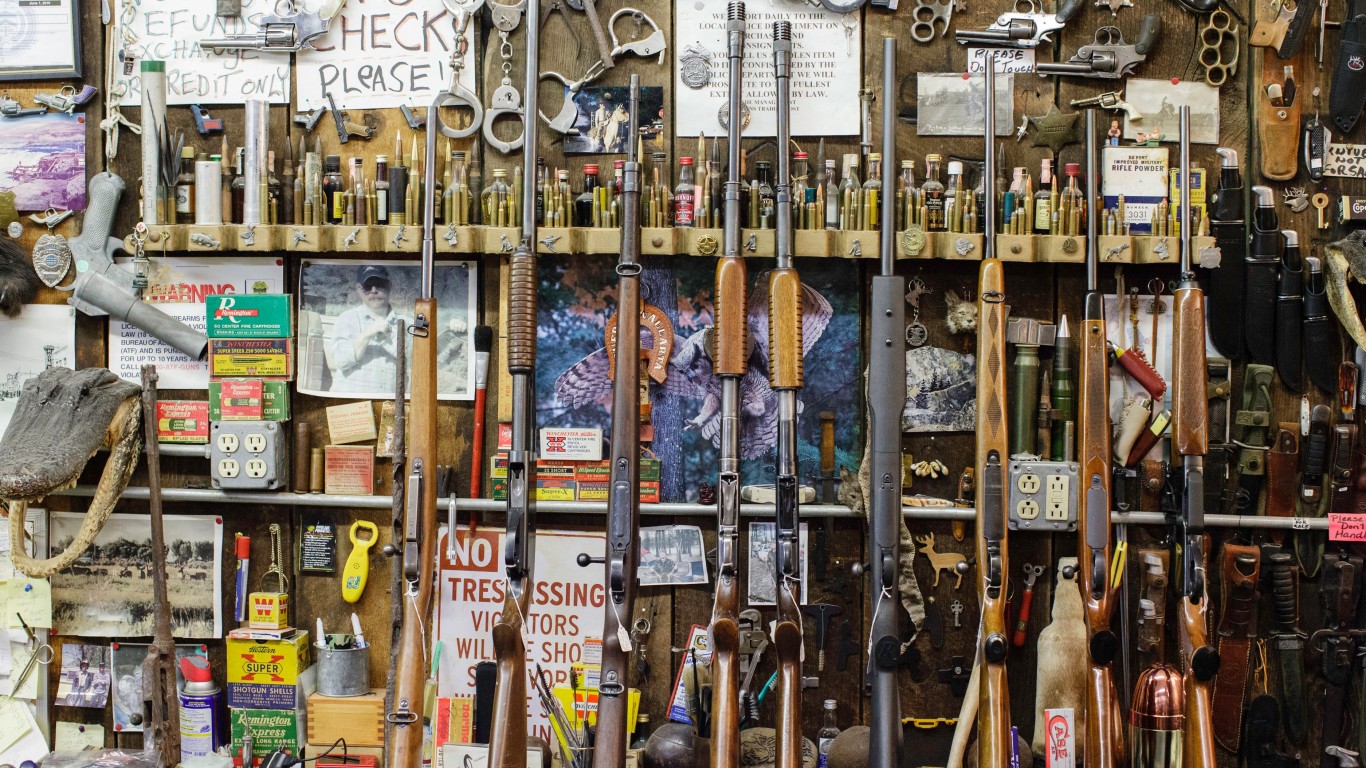
2. Oregon
> Change in background checks, Mar 2022- Mar 2023: +47.3% (+18,406 — the largest increase)
> Firearm background checks, Mar 2023: 57,326 — 12th most
> Firearm background checks, Mar 2022: 38,920 — 22nd most
> Firearm background checks per 1,000 residents, Mar 2023: 13.5 — the most
> Firearm background checks per 1,000 residents, Mar 2022: 9.2 — 15th most
> Most common type of firearm check, Mar 2023: Handguns
> 2022 population: 4,240,137 — 24th smallest
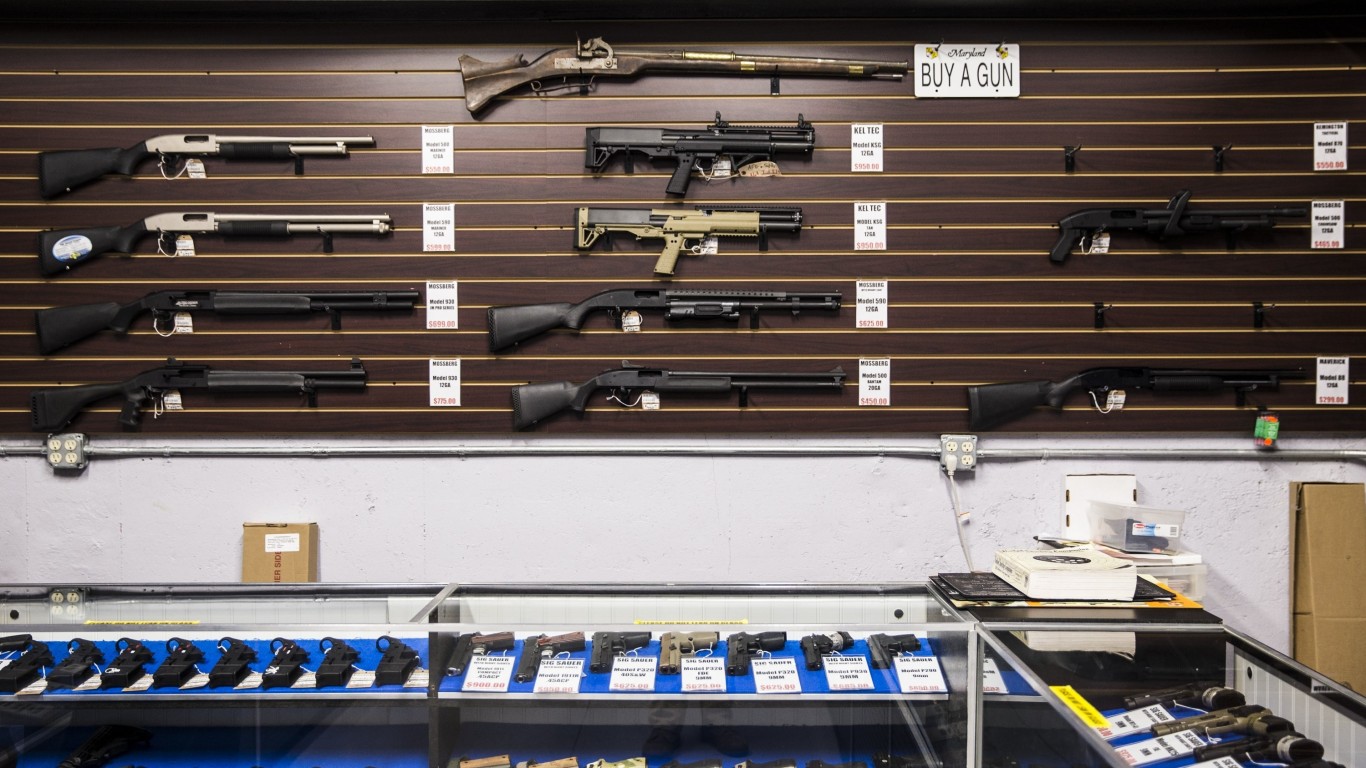
1. Maryland
> Change in background checks, Mar 2022- Mar 2023: +70.0% (+15,101 — 3rd largest increase)
> Firearm background checks, Mar 2023: 36,684 — 21st most
> Firearm background checks, Mar 2022: 21,583 — 19th fewest
> Firearm background checks per 1,000 residents, Mar 2023: 6.0 — 22nd fewest
> Firearm background checks per 1,000 residents, Mar 2022: 3.5 — 7th fewest
> Most common type of firearm check, Mar 2023: Handguns
> 2022 population: 6,164,660 — 19th largest
Methodology:
To identify the 11 states where gun sales are increasing fastest, 24/7 Wall St. used data from the FBI’s National Instant Criminal Background Check System. Eleven states reported increases in adjusted firearm background checks between March 2022 and March 2023. To reach a more accurate approximation of gun sales, we excluded checks for such categories as pawn shop transactions, returns, rentals, and rechecks (which are conducted periodically by some states on existing permit holders).
Even after removing some types of checks that are clearly unrelated to new firearm purchases, background checks still serve only as a rough approximation, because every state has different laws in terms of when background checks are required and different accounting practices.
The most glaring example of this is Illinois, which alone accounted for about half of the background checks in the country after excluding the aforementioned categories of checks. Illinois no longer breaks down background checks separately, but did so from July 2016 through July 2021. During the four full years of data, an average of 9.2% of Illinois’s non-private sale or gun-specific permit checks were non-rechecks. We applied that average to the most recent state figures to estimate Illinois’ count. This was done only because Illinois is such a glaring example of inconsistency and because there was historical data to produce an estimate.
There are likely other states for which the background check figures listed are inflated or underestimated proxies for gun sales.
Population data came from the U.S. Census Bureau’s Population and Housing Unit Estimates Program, and are for July of 2022, the most recent data available.
Take Charge of Your Retirement: Find the Right Financial Advisor For You in Minutes (Sponsor)
Retirement planning doesn’t have to feel overwhelming. The key is finding professional guidance—and we’ve made it easier than ever for you to connect with the right financial advisor for your unique needs.
Here’s how it works:
1️ Answer a Few Simple Questions
Tell us a bit about your goals and preferences—it only takes a few minutes!
2️ Get Your Top Advisor Matches
This tool matches you with qualified advisors who specialize in helping people like you achieve financial success.
3️ Choose Your Best Fit
Review their profiles, schedule an introductory meeting, and select the advisor who feels right for you.
Why wait? Start building the retirement you’ve always dreamed of. Click here to get started today!
Thank you for reading! Have some feedback for us?
Contact the 24/7 Wall St. editorial team.
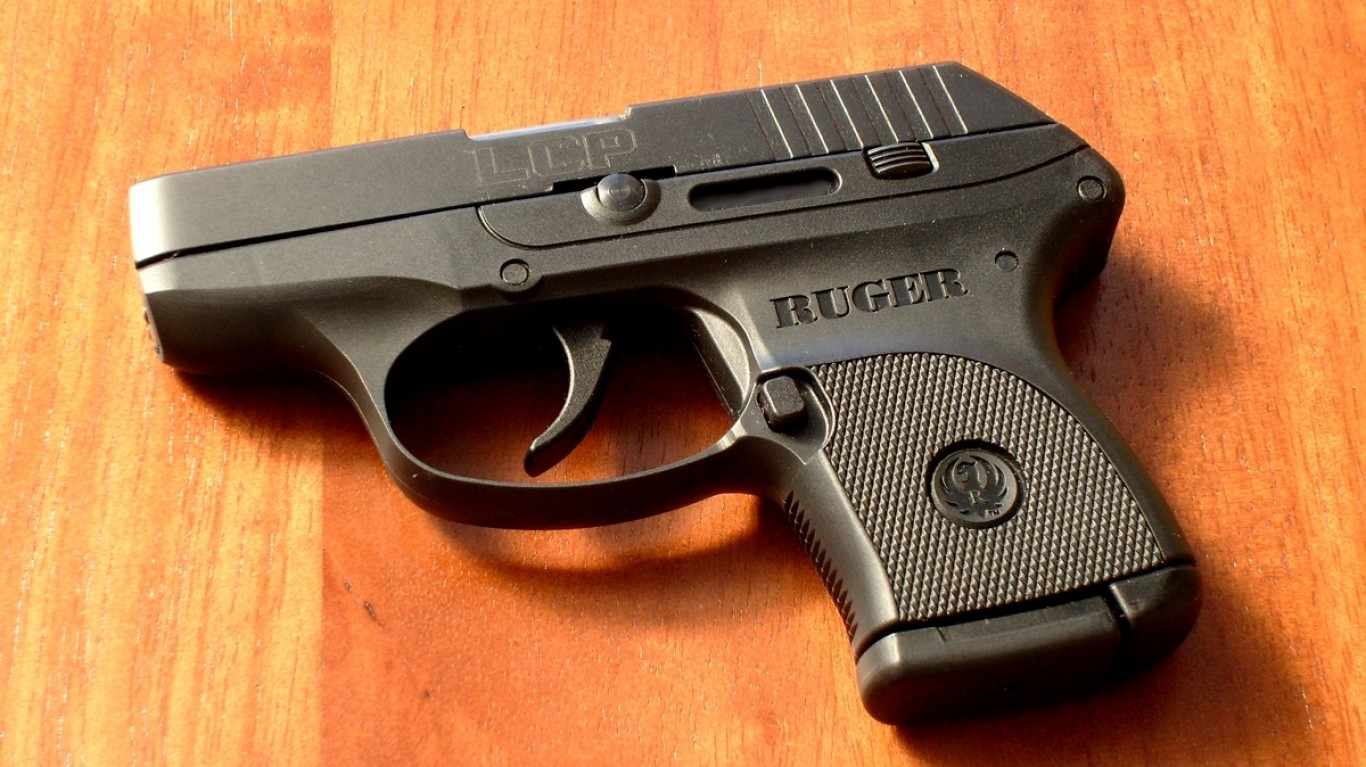 24/7 Wall St.
24/7 Wall St.